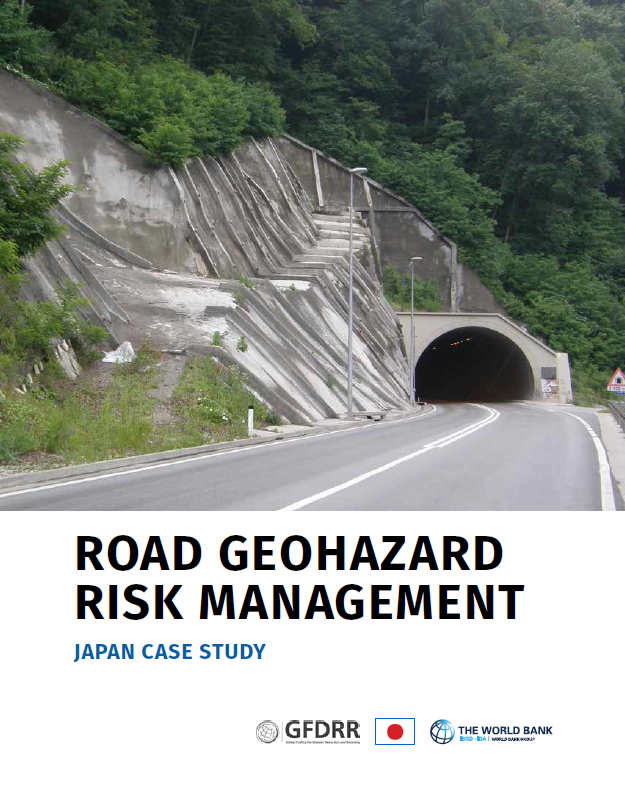This case study captures Japan’s experience in road geohazard risk management and offers a way forward for low- and middle-income countries. It was used to inform the Road Geohazard Risk Management Handbook.
In particular, it includes discussion of:
- Significant issues Japan overcame, such as the initially narrow scope of road management authorities and expansion of the mandate and planning for geohazard risk management in the road sector across various national and subnational governments
- Turning points in geohazard risk management, such as serious road geohazard incidents
- Development of critical institutional frameworks, such as passing key legislation and creating funding mechanisms
- Steps the governments took to identify hazardous locations, conduct risk evaluations, and implement needed structural and nonstructural measures such as an early warning system
- Postdisaster response and recovery and preparedness for such reactive measures, including a contingency system.
See also:
Road Geohazard Risk Management Handbook
Road Geohazard Risk Management Appendix A (Terms of Reference) and Appendix B (Operations Manual)
Road Geohazard Risk Management Appendix C: Japan, Serbia and Brazil Case Studies

